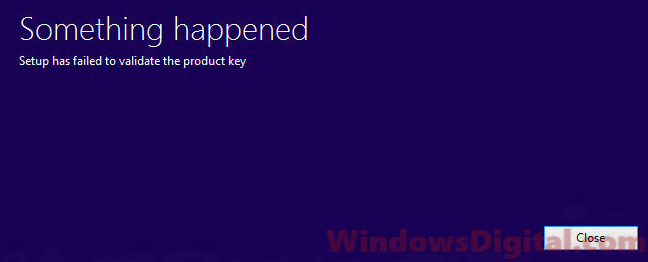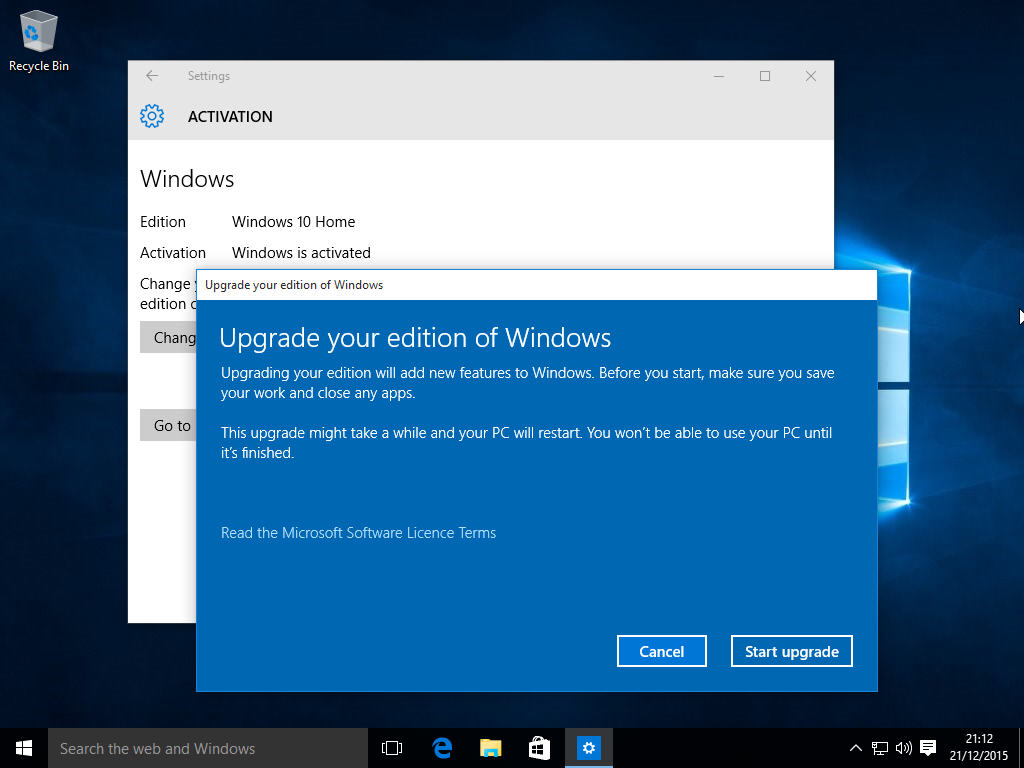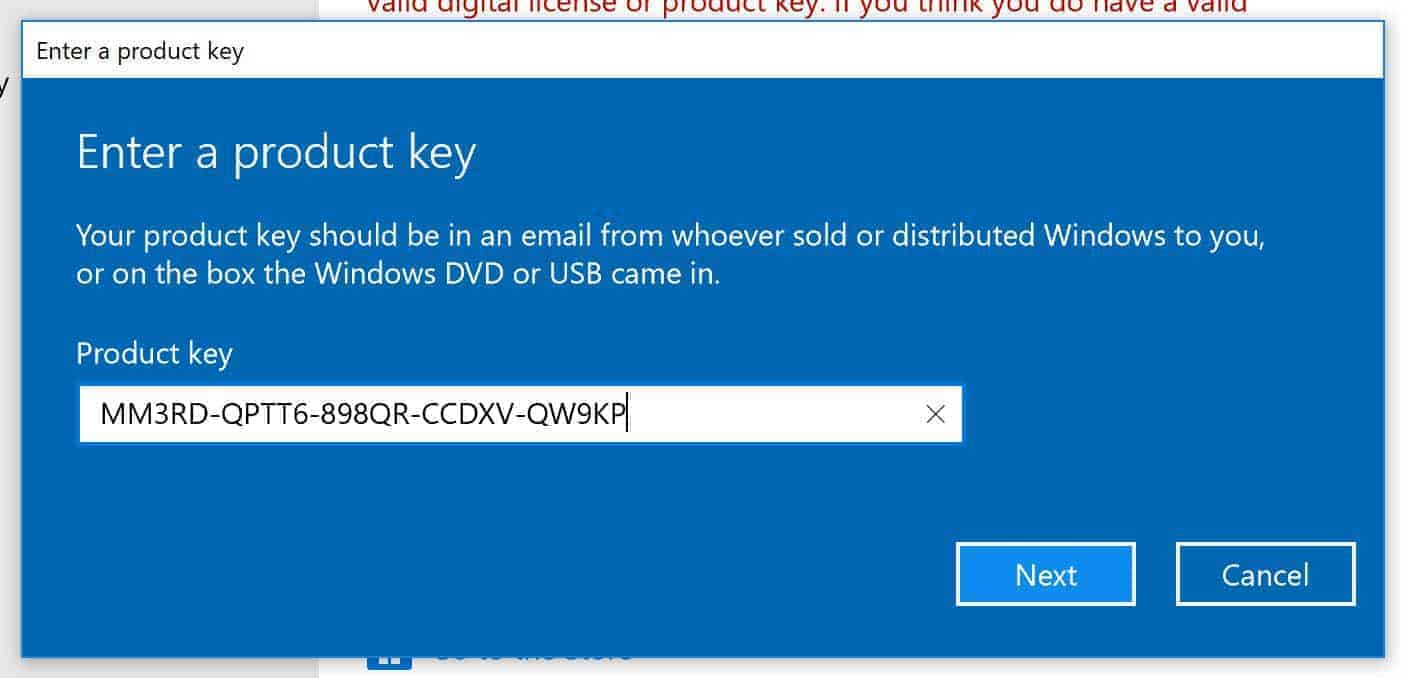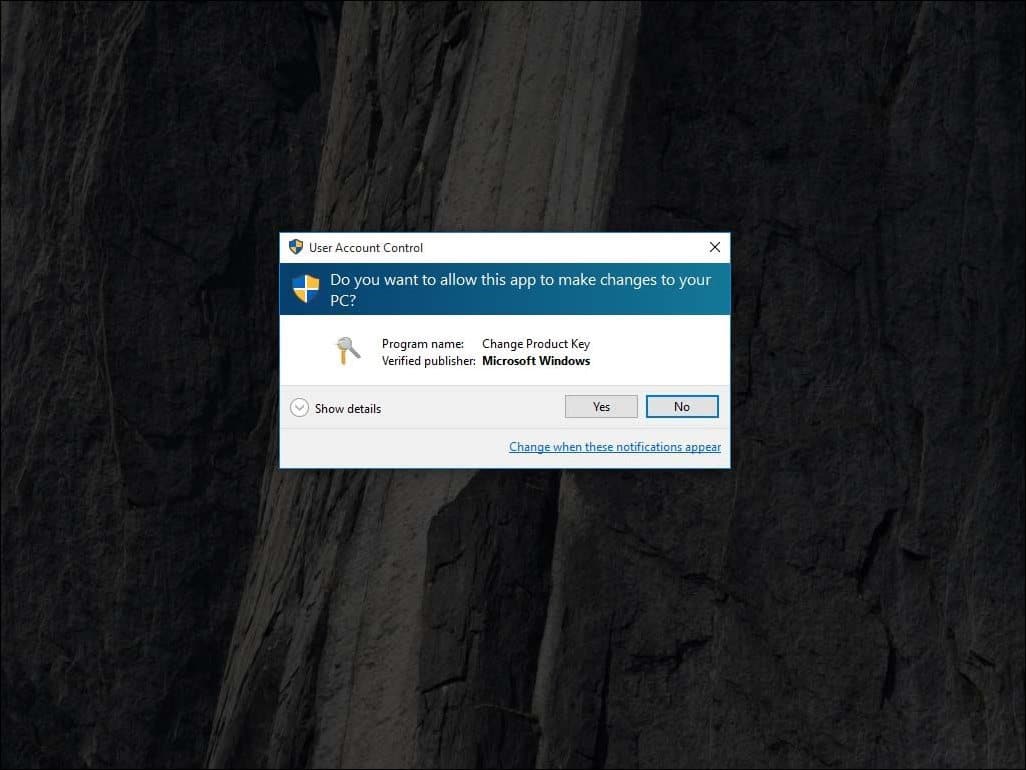Approov offers elementary checks regarding the integrity of the app itself, so that valid Approov tokens are only issued to legitimate app cases. Additionally, varied other runtime integrity checks are additionally carried out and the results transmitted to the Approov cloud server in a safe method. Whether these checks should end in an invalid Approov token or not is set by the security policies that are chosen. This offers you the pliability to allow accesses or block them according to your risk assessments and the traits of your user base. For occasion, if you develop a banking app, you could take the view that no rooted system should obtain a sound Approov token. However, other client apps, deployed to sure markets or demographics, may require rooted devices to be accepted. Thus the safety stance should be informed by the characteristics of the app's user base and the actual threats that Approov is getting used to defend against. If modifying the Information property listing with an external editor, the equal property key's UIFileSharingEnabled and the value have to be set to true. It is then potential to make use of iTunes, Apple Configurator or ios-deploy to add and retrieve information to the Documents folder of an application. If using iTunes to access the Documents folder of an software, please keep in mind to synchronise the device for the modifications to take effect.
You will have the flexibility to administer the properties of your account using the approov command line device and the management tokens you had been issued upon sign up. A key aspect of this administration is the registration of latest apps which might be to be launched to the app store. The approov device analyzes the app (in both .apk, .aab or .ipa format) and adds its signature to a database within the Approov cloud service for your account. The specific build of the app then becomes acknowledged as being official, allowing valid Approov tokens to be generated for calls from that app. Approov holds the set of public key pins for API domains being protected, inside the SDK configuration file. The preliminary SDK configuration is obtained and added into the app content material. This signifies that the pins can be found from this configuration as quickly as the app starts without having for community configuration. This is handy for apps developed using frameworks that require any public key pins to be introduced very early through the initialisation of the app. If the pins are changed then subsequent app registrations trigger a warning message to be issued to replace the initial configuration with the latest information. Your backend API is ready to verify the validity of the Approov token by checking it has been signed with the symmetric secret appropriately. If it is then you realize that the API request is really coming from an official registered version of your app, and not being spoofed by another entity. Moreover, depending upon the safety policy you may have set in your account, a sound Approov token also offers guarantees in regards to the runtime surroundings of the device the app is operating on. Finally, to check a multi-module setup where the code in the different module is only obtainable as binary, lint has a new particular check file sort. The CompiledSourceFile could be constructed through eithercompiled(), if you want to make both the source code and the category file available within the project, or bytecode() if you would like to solely present the bytecode. In each circumstances you embody the supply code in the check file declaration, and the first time you run your test it's going to attempt to run compilation and emit the extra base64 string to include the check file. However, when lint runs on the fly within the editor, it only has entry to the current file; it will not re-analyze all information in the project for every few keystrokes. So on this case, the scope within the lint driver solely consists of the present source file's type, and only lint checks which specify a scope that is a subset would run. CtcLink is the name for the PeopleSoft Enterprise Resource Planning project for the Washington Community and Technical College System.
It is a serious statewide project to upgrade the knowledge methods in any respect 34 community and technical faculties. Once deployed, ctcLink will give college students, college, and workers anytime, wherever access to a modern, efficient method of doing their faculty enterprise. Generally, the reason being Unity android construct course of duplicating "sources" for each android library included in the project. These are added to the dex method count whereas the appliance is being built by Unity. This duplication error is addressed solely when the construct process succeeds in changing jar to dex format. Hence, the ultimate dex rely in an apk file is far lower than the one reported in case the build fails with dex rely errors. Once any currently fetched Approov token has expired a dynamic configuration replace is transmitted to the app. Depending on the pinning implementation, this may need an immediate influence or after some time if the pins can only be are solely rebuilt then. If your app's pinning implementation cannot rebuild the pins till the app is restarted then it ought to present a consumer message to that effect. If any change is made to the API domains and their pins utilizing the approov commands described here, then an up to date dynamic configuration might be transmitted to all any app that requests a new Approov token. The dynamic configuration is signed with the ECC non-public key, stopping any chance of tampering and proving that the replace has been issued by the Approov servers. This verified up to date configuration usurps the settings beforehand available from the preliminary SDK configuration. When the first Approov token fetch is made within the app, the latest set of safety guidelines are transmitted from the Approov cloud to the SDK. These guidelines decide the information that's gathered contained in the SDK and the checks that are carried out on it towards explicit risk signatures. The safety rules are mechanically up to date for working apps if they are modified on the server. The integrity verify course of occurs in combination between the SDK and the Approov cloud service. The SDK analyzes the runtime surroundings of the app and the authenticity of the app that's being measured. These checks are implemented in hardened code and communications are protected each by TLS and likewise by a secondary stage of request integrity signing. The Approov cloud service performs evaluation on the data offered by the SDK and comes to a decision primarily based on this and the safety coverage criteria you set for your account.
If the factors are met then the Approov cloud supplies a brief lived token signed with a symmetric allotted randomly during your account enroll. If the standards usually are not met then a token continues to be issued, but it's not signed with the proper secret. However, you can still make the check work on the fly by specifying extra evaluation scopes; see the API guide for extra details about this. As you know, in addition to our regular day-to-day work, the subsequent several months might be dedicated to preparation for the deployment of ctcLink in February of 2021. CtcLink will combine the administration of knowledge throughout Seattle Colleges and the state's group and technical faculty system. Once deployed, ctcLink will give students, school, and employees anytime, anywhere access to a contemporary, efficient means of doing their college business.Learn more. And whereas we proceed to discover new issues, everybody has risen to the occasion to do their finest to serve our students during this time of unprecedented change and uncertainty. CtcLink's cellular app, HighPoint, was successfully up to date to HighPoint Campus Experience on Saturday, June 19. This replace provides improved accessibility, expanded class search filtering within the class schedule, a extra modern design and less cluttered interface, and standardized tiles across all ctcLink faculties. The vast majority of functionality stays the identical with a fresh, new look, but there are some minor changes. These web pages characteristic step-by-step assist guides for ctcLink functions. Reviewing these assets and changing into conversant in the student expertise will let you be more useful to students who may ask you about these processes. In order to make use of Approov 2 you will need to switch the present registration tool and use the new administration tokens issued to you.
However, the new approov command line device includes a compatibility mode that accepts exactly the identical choices as the previous Approov 1 registration software. To access this compatibility mode you should invoke it with the name of the old tool. This is automatically detected and the legacy mode is enabled. We suggest that growth management tokens are created for every of the individuals that are involved in the improvement of the apps that use the Approov service. Development tokens could be issued to named people, ideally for a timescale that represents their probably involvement. Thus the disadvantage of the static pinning methods described within the earlier section is that they fix the set of legitimate pins into the app itself as part of its configuration. This signifies that for an app to get a new set of pins a model new model of the app should be released and be installed on a user's gadget. In reality this will take many days, or even weeks, for a lot of the apps to update and there may always be a stubborn cohort whose apps are never up to date. These can be denied entry as soon as the pins are changed, and will end up as both permanently misplaced customers or ones which enhance consumer assist load. The iOS Approov SDK can optionally carry out extra gadget checks utilizing the Apple DeviceCheck capability. If this option is used then the Approov SDK must make a name to generate a token to determine the system. This needs to be accomplished on the primary Approov token fetch after putting in the app. Performing this operation requires extra community connection and CPU processing time, over which the Approov SDK has no management. This can considerably delay the fetch operation on the iOS platform by including up to 2500 ms of further latency.
If you're utilizing this option, consider asynchronously prefetching an Approov token as early as potential to assist hide this latency. The simulator architectures are solely made available in order to facilitate development. The Approov service is not going to generate a legitimate Approov token for a simulator system. The Approov service inserts an ios-simulator annotation if an all annotation policy has been set. Please note, using the command line to put in or remove applications on the simulator could produce totally different device ID. This is also the case if resetting the simulator by erasing all settings and applications. We advocate utilizing a bodily device during growth if acquiring a legitimate Approov token is a requirement. The above call will lookup the option configured for the particular supply file in the current context, which could be a person Kotlin supply file. Therefore, if we're analyzing a specific Kotlin file and we want to examine an choice, you usually want to examine what's configured locally for this file. However, there have been varied bugs and difficulties around the lint checks getting rebuilt after changes or clean builds. There are some bugs in the Android Gradle Plugin issue tracker for this. As a lint check author you need not know this , but the main point right here is that your problem's transient description, concern rationalization, incident report messages etc, ought to use the above "raw" syntax. Especially the primary conversion; error messages often refer to class names and technique names, and these ought to be surrounded by apostrophes. Configuration A configuration supplies further information or parameters to lint on a per project, and even per directory basis.
For example, the lint.xmlfiles can change the severity for issues, or record incidents to disregard , or even provide values for choices read by a specific detector. Work Sessions are SBCTC-hosted classes to supply updates, and extra training on particular subjects. This can be a forum for ctcLink users to share discoveries, issues, quirks, greatest practices, questions, enterprise course of options and whatever else may come up. Several school and workers have shared questions and concerns concerning the performance of ctcLink. We continue hearing a few reviews that workers members might have issues viewing the class schedule when additionally logged into the ctcLink employee interface. Some continue to obtain the message "You aren't approved for this web page." The State Board is aware of the issue. If you encounter this problem, strive closing your ctcLink session and viewing the category schedule in a model new browser window. Another choice is to entry your ctcLink worker session in one browser and the category schedule in one other browser . At the top of this month, the ctcLink Login course of will be upgraded to offer better safety and user-friendly self-service password-reset choices. This improve shall be made throughout a scheduled ctcLink downtime on Saturday, July 31, from 7 a.m. After the upgrade, all users—including students, school, and staff—will wish to set up new password restoration options. The major ctcLink-related events in the coming weeks would be the service disruptions on April and May 5-8. These are particularly noteworthy because they embody the final ctcLink deployment groups with the last six colleges launching ctcLink. By May 9, all 34 public neighborhood and technical schools within the state will be on the same ctcLink system. This is the end result of the ctcLink project, which began its initiation part in 2018 and launched the primary deployments at faculties in Fall of 2019. This concern happens when a category is compiled against two totally different variations of the dependent libraries and the system tries to load it with the wrong dependent library. Generally the foundation explanation for this issue is duplicate code in jar file as properly as the secondary dex files which means that the previous construct of Helpshift SDK was not eliminated utterly. It also can occur when the category is packaged with the inaccurate model of the dependent library it was compiled with. Make certain to use assets and code (i.e jar file) from the same android assist library model to reslove the problem. Please discuss with Add Helpshift to your project for selectively adding/removing libraries from Helpshift package.
During the Approov token fetch, a full app Integrity Measurement and a Device Measurement are made by the SDK. These are each derived from very similar analysis and data as the primary measurements required to acquire a token. The DM is also a 256-bit result but is particularly designed to solely include information sources that are gadget particular, or specific to data saved by the app in inner storage. This implies that this hash must be stable even if the app is up to date . A property of both the IM and DM is that they're salted by a nonce value. This means that the precise hash values are different for every Approov attestation, even if the app and its setting have not changed. Note that the listed management tokens solely embody those that have the same or earlier expiry instances than the administration management token used to obtain this information. The preliminary administration token issued by Approov upon initial onboarding has the longest expiry time and additional tokens with shorter expiry times may be created from this. This may embrace other administration tokens with earlier expiry occasions. These then provide a extra restricted view of the obtainable management tokens. When a brand new account is created the account holder is issued with new growth and administration administration tokens. These are encoded strings that provide management entry to the Approov cloud service. The variations between the development and administration tokens are lined within the next part. In order to make use of SafetyNet then you must use an SDK that is model 2.four.0 or later. If this selection is used then the Android Approov SDK must make a call to perform an attestation on the device.
This must be carried out on the primary Approov token fetch after first putting in the app. This can substantially delay the fetch operation on the Android platform by including up to 3500 ms of additional latency. If you may have chosen usage of bits, then Approov sets those bits so as to point out that a selected device has been banned, and will no longer obtain valid Approov tokens. If you could have never used the Apple DeviceCheck facility beforehand then the bits won't be set and so the default shall be to permit the permit valid token fetching. If you have used the facility before and some bits could also be set then this will cause banning of those devices. In this case you could use the -expiry option when setting the authorization key to disregard settings made more than a sure number of months ago. If the bit setting has been more recent than one month you then will not be able to use this Approov facility on your apps until enough time has elapsed. Obtaining the bit status values and updates to them is performed by calling an Apple server API. In order to determine the gadget to this API it's essential to obtain a Device Token. Of course to forestall this itself being used to establish the system, and breaking the privateness coverage, it is derived from a randomly generated nonce value so is completely different every time even on the same system. Since accessing the Apple API requires an authorization key this cannot be carried out in the app itself, since if this key was extracted it could presumably be used to make arbitrary bit changes for different units. Thus the API calls should be carried out server side, necessitating that a protocol be established to speak the DeviceCheck token from the cell app to the server. The normal lifetime for an Approov token is 5 minutes, plus a grace interval, from the point of problem by the Approov cloud service. The grace period of a few seconds is added to allow a sound token to be propagated and checked inside a backend API system. This forces the device to make extra frequent checks as it receives tokens. Whenever a token fetch is carried out, the beneficial sample is to check whether any new configuration has been transmitted to the app and, if so, use the saveApproovConfigUpdate technique to put it aside regionally. This implies that this configuration might be available instantly on the following app startup, even when there is not any community connectivity at the time. The availability of the new configuration is checked using the isConfigChanged() getter within the returned fetch result.
Note that this flag stays set till a fetchConfig() technique, as used in saveApproovConfigUpdate, is called. If it isn't convenient or acceptable to update the configuration at that point then a flag can be set to trigger the update to happen at some later, more applicable point within the code move. This dynamic configuration approov-dynamic.config is held within the local file storage of the app. This configuration is optional, and when an app is launched for the first time it will not be present. This mechanism permits various aspects of the SDK behavior to be modified within the area, however crucially that is used to transmit updated public key pins to an app as is defined Public Key Pinning. In order to support over-the-air dynamic updates to the configuration, the Approov cloud service can send an update if API domains or their pins is modified. Updates are additionally signed utilizing ECC and the signature is checked towards the common public key offered within the preliminary base configuration. This prevents any tampering of the configuration within the communication channel. In some instances, you may want your lint checks to not be suppressible using the normal mechanisms — suppress annotations, feedback, lint.xml information, baselines, and so forth. The usecase for this is usually strict firm pointers round compliance or safety and also you need to take away the simple chance of simply silencing the examine. When you build lint checks, you're compiling against the Lint APIs distributed on maven.google.com (which is referenced via google() in Gradle files). This month's very huge achievement is finishing all the required configuration files to move forward with Cycle 2 conversion. This is a large milestone for our faculties, and is the first check conversion of all our pupil, worker, and monetary knowledge. Much because of all the workers throughout Seattle Colleges who contributed to this work.









































